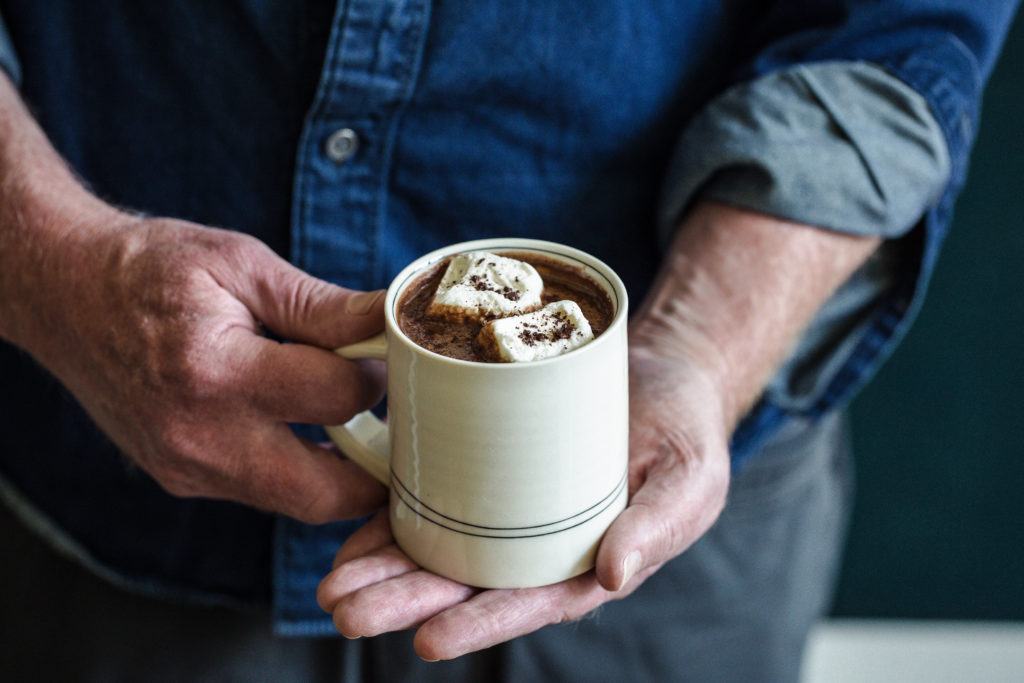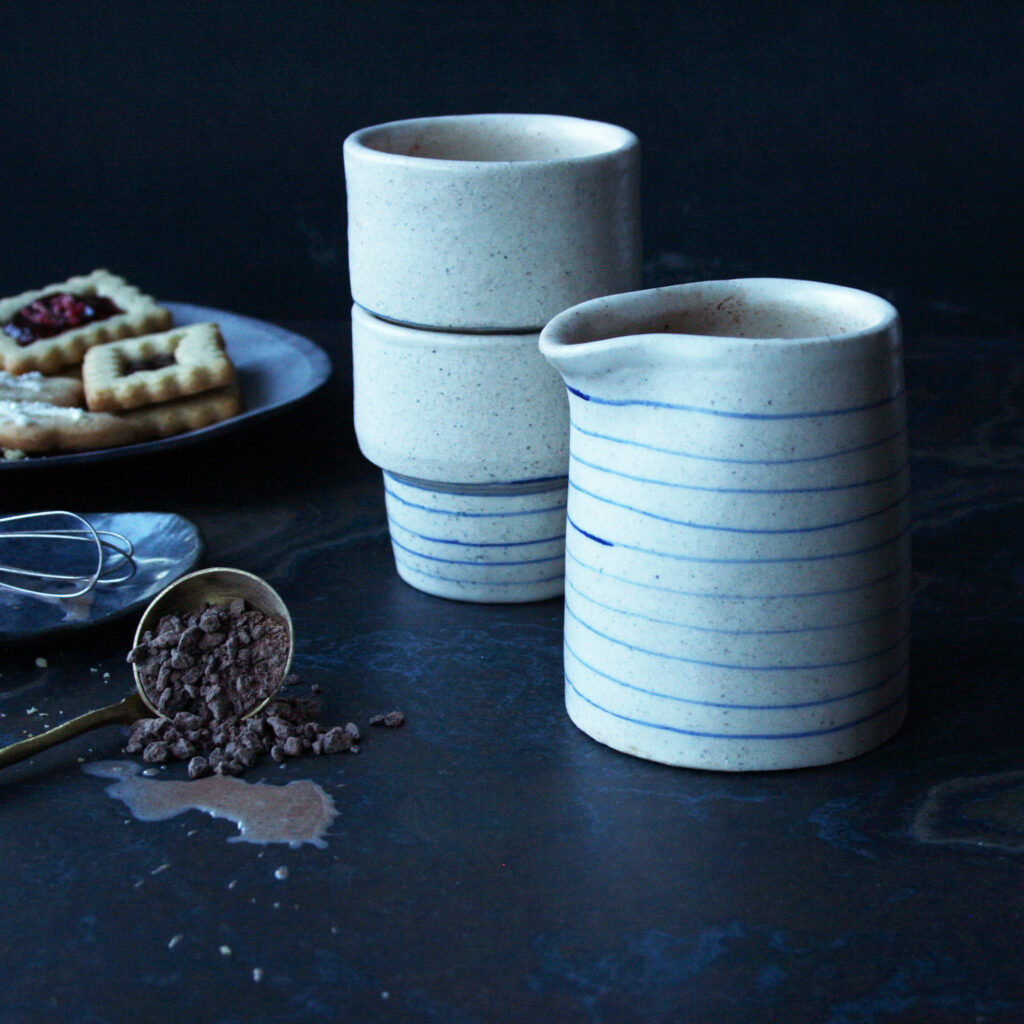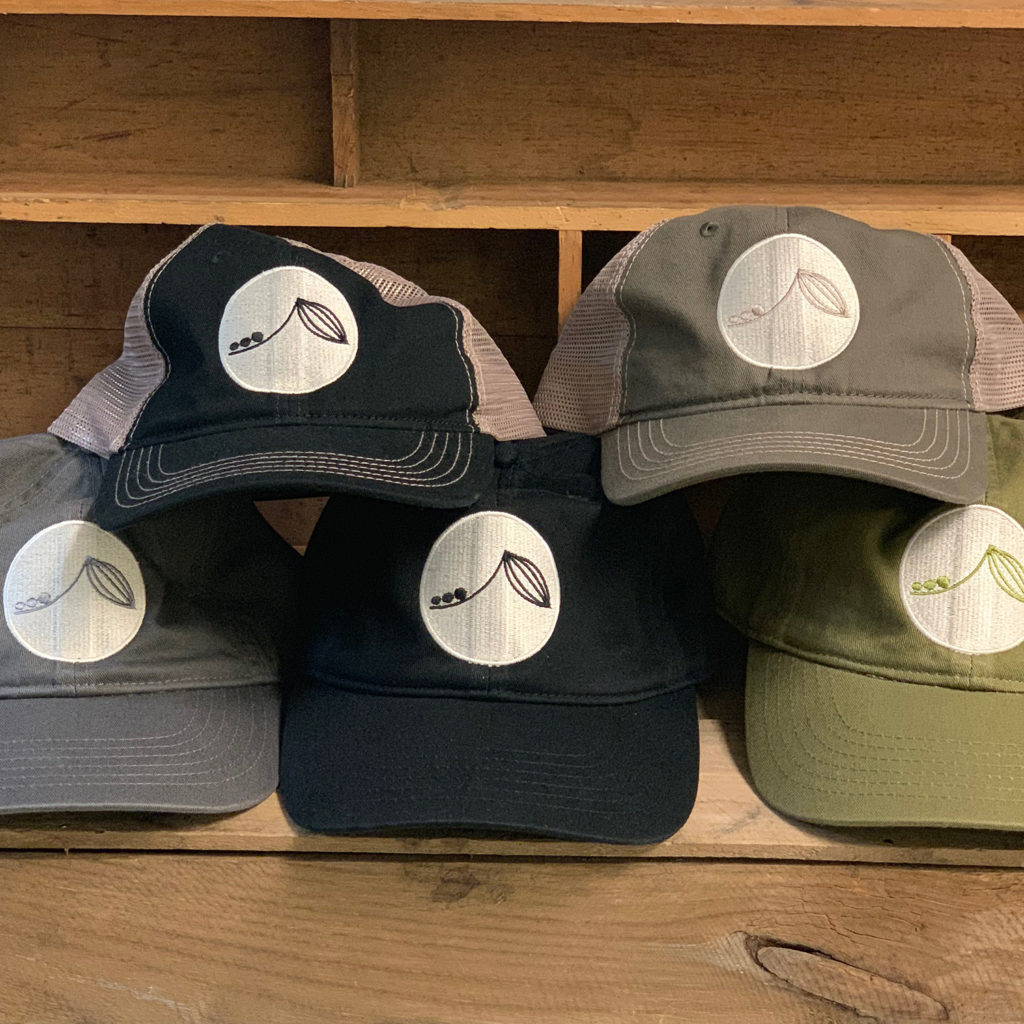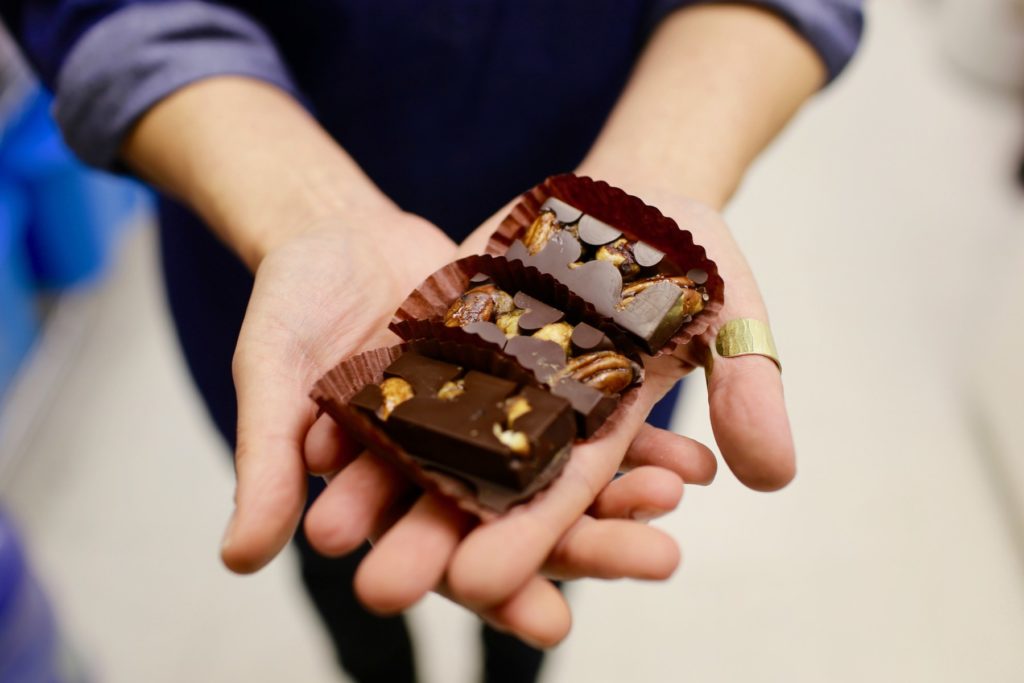Origin-made chocolate
You’ve heard of single origin and bean-to-bar, well how about origin-made bean-to-bar chocolate? Since we use chocolates that are origin-made and direct trade, we wanted to share more of that story with you.
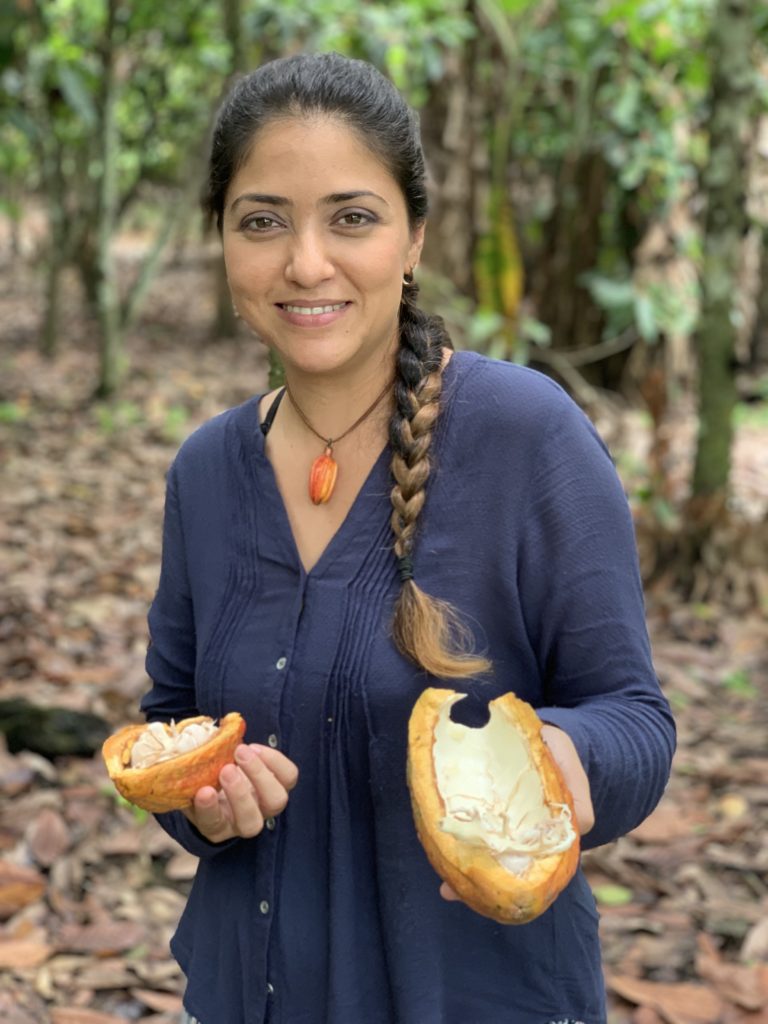
Dar recently returned from a trip to Ecuador with an origin-made chocolate direct trade company, where she visited a cacao plantation that supplies the company and is preserving their rare Arriba Nacional cacao trees, an heirloom varietal specific to Ecuador with a singular, complex and flavorful profile. The same company sources dairy for their milk and white chocolates from a community of Ecuadorian farmers in the Andes mountains, and their sugar from an organic sugarcane plantation where they make panela, unrefined sugar with a less sweet and deeper, more complex flavor than common refined.
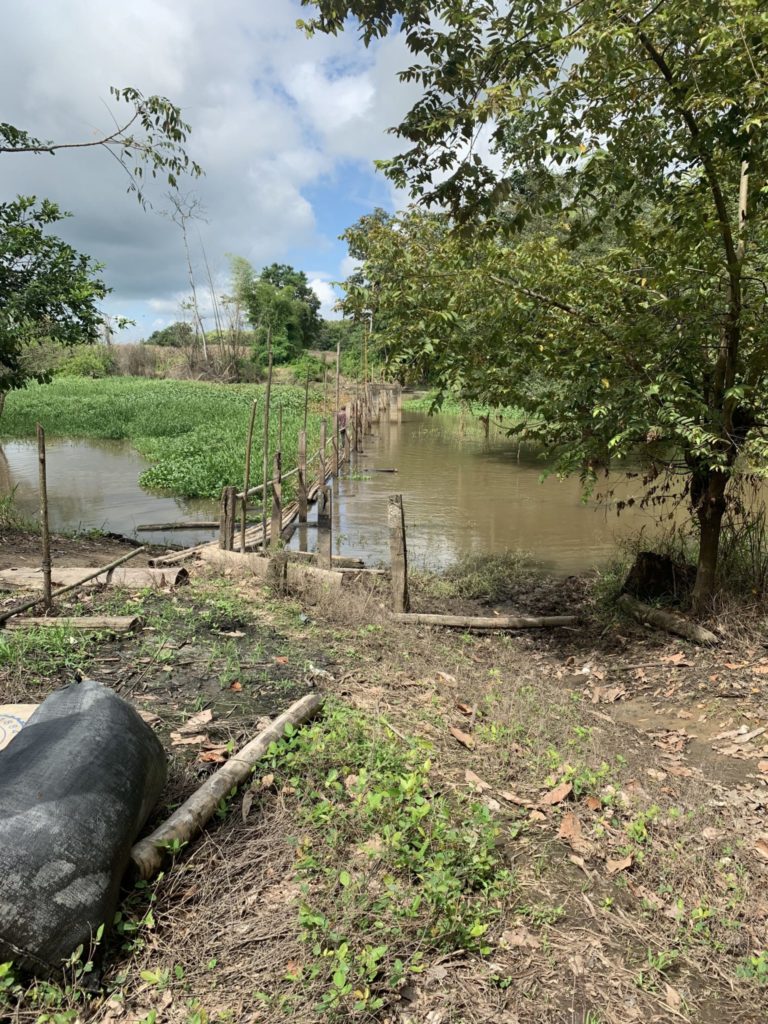
All of these incredible ingredients are being made into chocolate bars and chocolate couverture in Ecuador, origin-made chocolate that is bean-to-bar, or more accurately tree-to-bar, in the country where it is grown. This keeps more money in the local economy, helps farmers command a higher price for their beans, and creates more jobs.
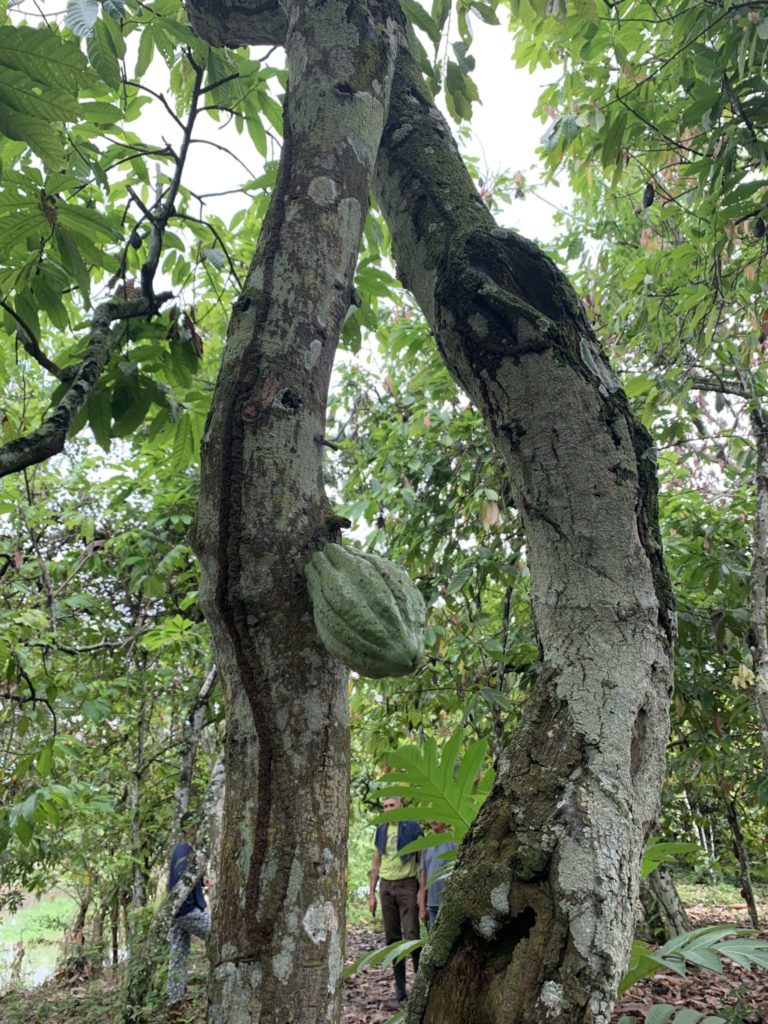
Cacao grows in equatorial regions, and most cacao beans are sold on the commodities market for a very small price, where they are shipped to other countries (France, Italy, United States, etc.) to be processed into the chocolate we know and love. This means that farmers have great difficulty making a living growing cacao, and the industry is rife with child labor and poor working conditions. It also means the farmers are largely disconnected from the processes that go into making their beans into chocolate bars and couverture, often never tasting or seeing the final product that is sold to chocolatiers and consumers, thereby losing a lot of on-the-ground information and experience that flows between farmers and producers.
Bean-to-bar craft chocolate makers have helped change the industry in that they buy directly from farms and pay farmers a higher rate for their beans than commodity prices, and they are helping to preserve heirloom varietals that are lower yield but much more flavorful and full of history. They are also socially-conscious and craft-driven people who are educating the public about how chocolate is sourced and grown, and how we can experience chocolate on the same level as a fine wine or estate-grown coffee bean.
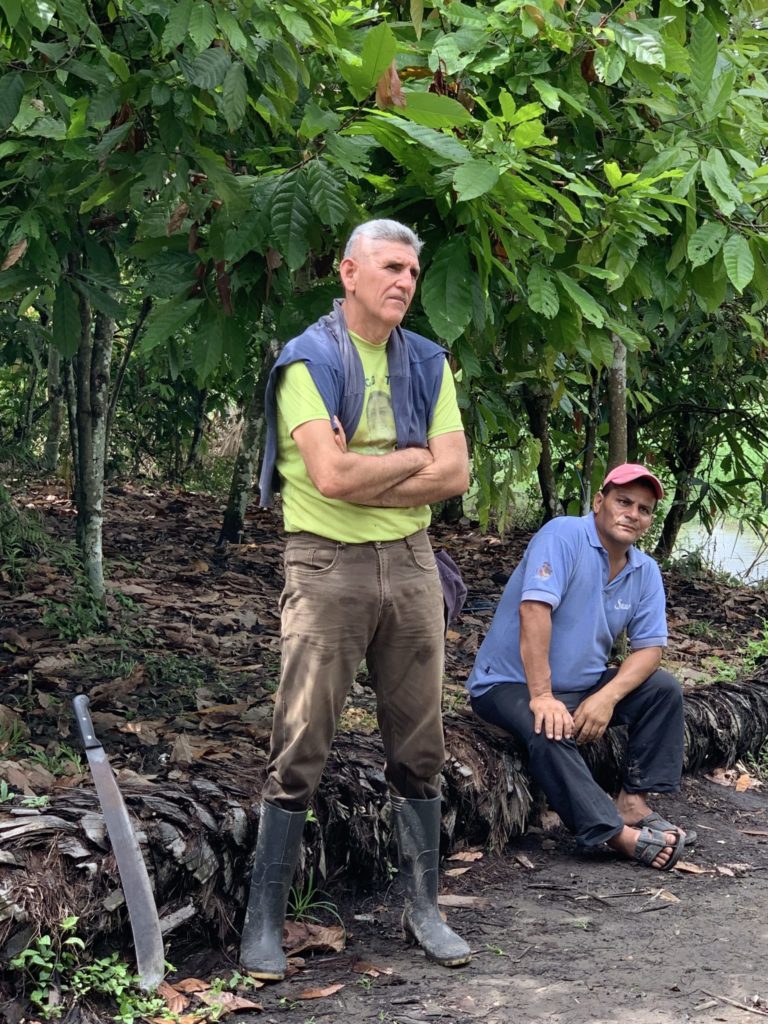
Origin-made and direct trade means that the farmers, many who have formed farmer-owned cooperatives, work with processors in their country who not only ferment the beans, but roast them and grind them into chocolate bars and couverture. This way the people involved in each of these steps are able to be closely connected to chocolate-making all the way through from plant to bar, and refine their growing and processing methods to create a top-notch chocolate product that commands more money from buyers, and keeps that money in their country. Using milk, sugar and other ingredients from their country magnifies this impact. This is truly an important part of preserving cacao for the future, and ensuring that the people growing and making it are able to not only make ends meet but to create better lives for themselves and their communities.
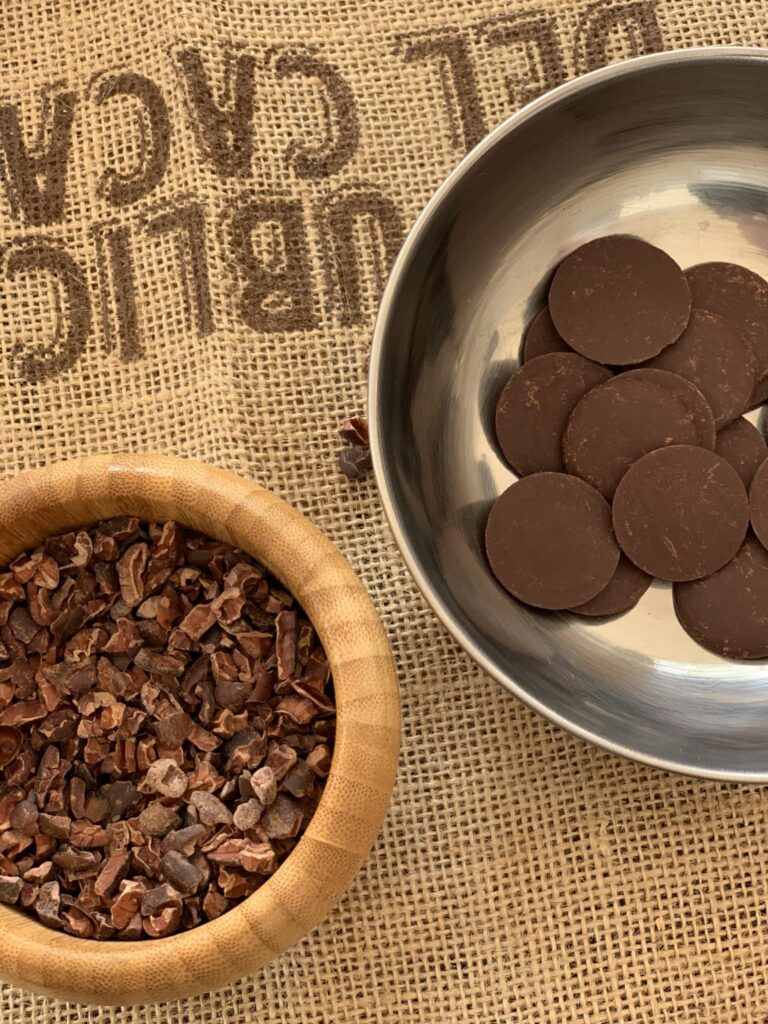
Some companies, like Valrhona who has partnered with Republica del Cacao, an Ecuadorian company with whom Dar traveled, are supporting local chocolate growers and keeping production in the country of origin, providing them with capital and infrastructure while employing and using local people and resources.
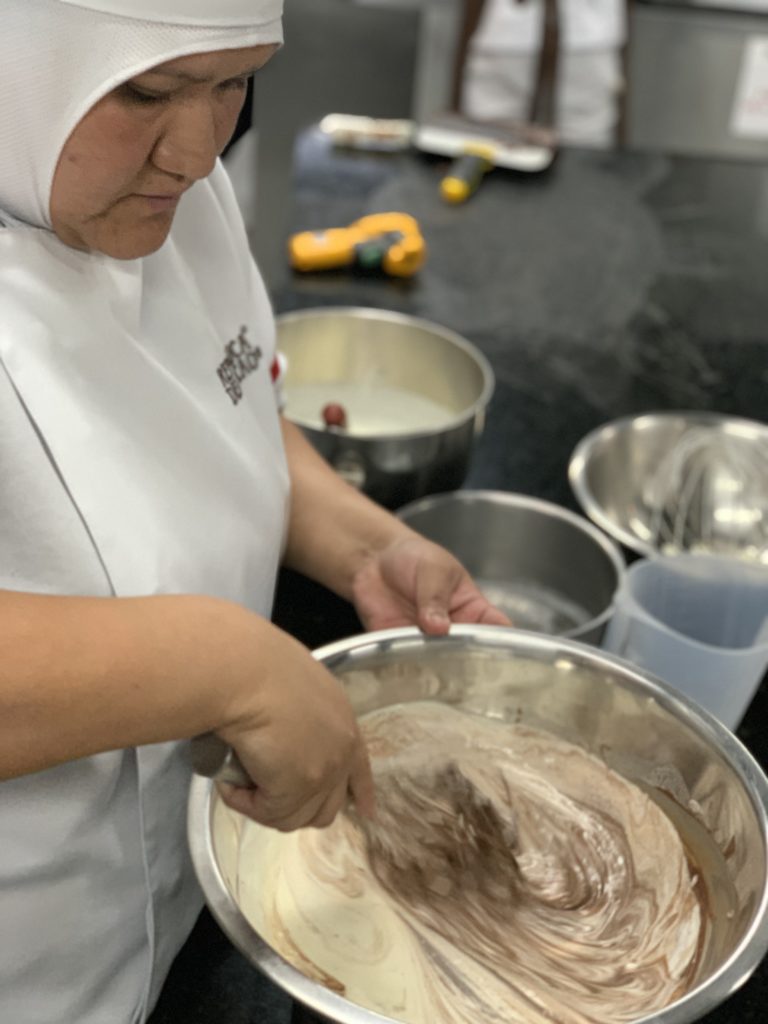
Let’s face it, all of these things are of utmost importance, but the chocolate has to taste good, too. In order for people to be willing to buy chocolate at a higher price, and in order for us to use it in our recipes and pair it with the delicious, premium ingredients we source locally for their outstanding flavor, all of these steps must ultimately result in a chocolate product that tastes superior.
As a chocolatier, using a delicious origin-made direct trade product means that we can access a superior couverture with singular flavor notes for our truffle, filled chocolate, drinking chocolate and confections recipes, while supporting the people at the foundation of cacao sourcing.
Then it’s our job to take this exceptional chocolate and create recipes that do justice to all of the hard work, knowledge, history and artistry of the farmers and processors who grow and make this incredible delicacy.
To read more about origin-made chocolate, check out these links:
Origin-Made Chocolate: the Bars to Beat Simran Sethi Wall Street Journal 2/9/17
Help Socialize Our Capital: thoughts on improving the chocolate supply chain through origin-made (my summary) Rogue Chocolatier/Colin Gasko GoFundMe Campaign page currently not available

